True Potato Seeds (TPS), Lookin’ Llumpy, 100 seeds
$8.50
In stock
| True potato seed information and growing instructions |
| This is an OSSI open source variety. Click for more information about open source seeds |
Lookin’ Llumpy is one of the first promising results from a project attempting to produce a potato similar to the famous Andean variety Llumchuy Waqachi that will grow better in the long days of summer in North America. This is definitely an improvement, although not everything that I want. It grows larger tubers, earlier, and with a much better yield. It has beautiful red flesh and good flavor. The cross that produced this variety was Loowit x (GB seedling x Llumchuy Waqachi) and the name reflects that parentage.
Culinary Traits
This is a thick-skinned, starchy potato that makes a good baker. At full maturity, tubers fall into the 3-8 inch range, with many reaching 8-12 ounces. They get impressively lumpy as they grow larger, but smaller tubers are less remarkable. Flavor is good, strong but not bitter, and texture is on the starchy side. When cooked, the flesh becomes uniformly pink.
Agronomic Traits
This is a late variety with excellent yields. The 2022 harvest averaged 4.7 pounds per plant and 2023, which was a little drier and warmer, averaged 4.2. Tuber dormancy is intermediate. Stolons are short and tubers cluster closely under the base of the plant. Plants are very large and I would not space them any closer than 12 inches. Skin is normally netted under my conditions. Fairly vulnerable to common scab under dry conditions, a trait that is unfortunately common in progeny of Loowit. On the other hand, it appears that it may have some resistance to powdery scab. This is a tetraploid variety and is self-fertile. Plants flower moderately and set plenty of seed, but considerably more with some pollination help, at least under my conditions.
True Seeds (TPS)
True seed of this variety was open pollinated. It grew in a block with other progeny of Llumchuy Waqachi. A majority of the seed is likely to be self pollinated, but there should be a fair amount of outcrossing as well. In previous batches of related varieties, I found that about a quarter of the progeny produced the same kind of lumpy, deep-eyed form as the parent.
Only logged in customers who have purchased this product may leave a review.
Related products
True Potato Seeds (TPS)
In Vitro Plantlets
True Potato Seeds (TPS)
True Potato Seeds (TPS)
True Potato Seeds (TPS)
Mixed True Potato Seeds (TPS), Tetraploid, Yellows, 100 seeds
True Potato Seeds (TPS)
True Potato Seeds (TPS)
Mixed True Potato Seeds (TPS), Solanum curtilobum, 100 seeds
True Potato Seeds (TPS)


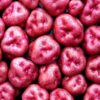
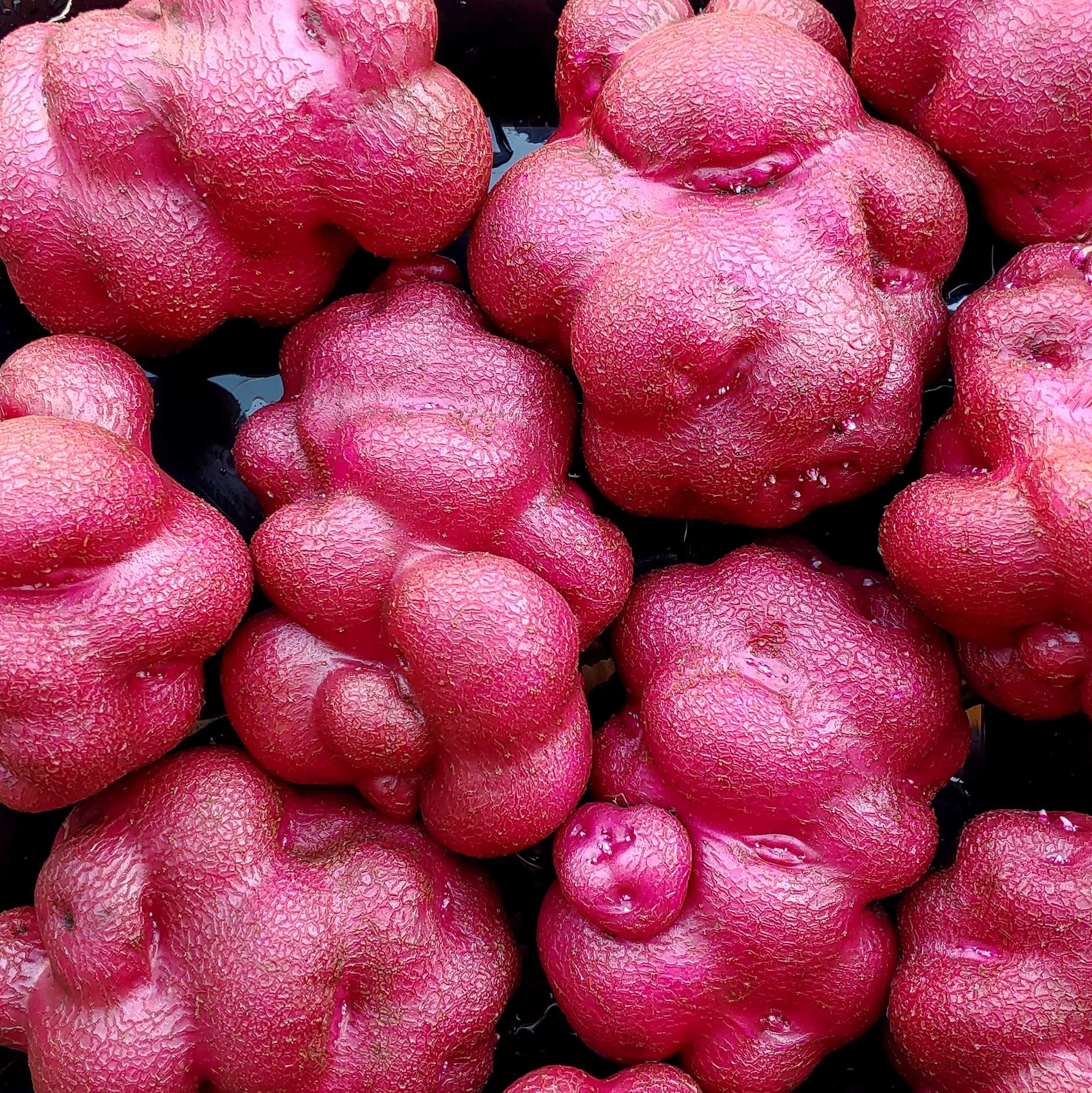
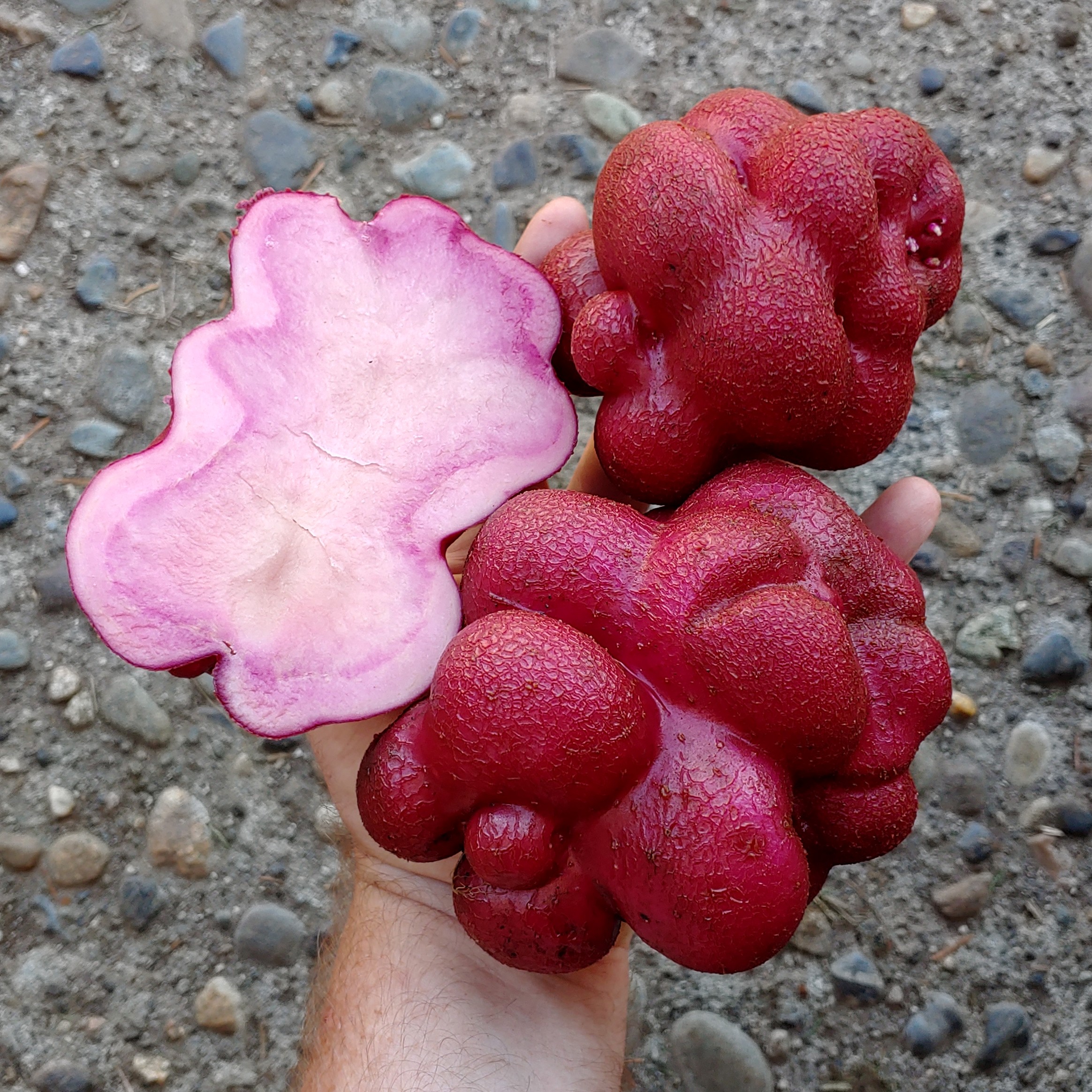
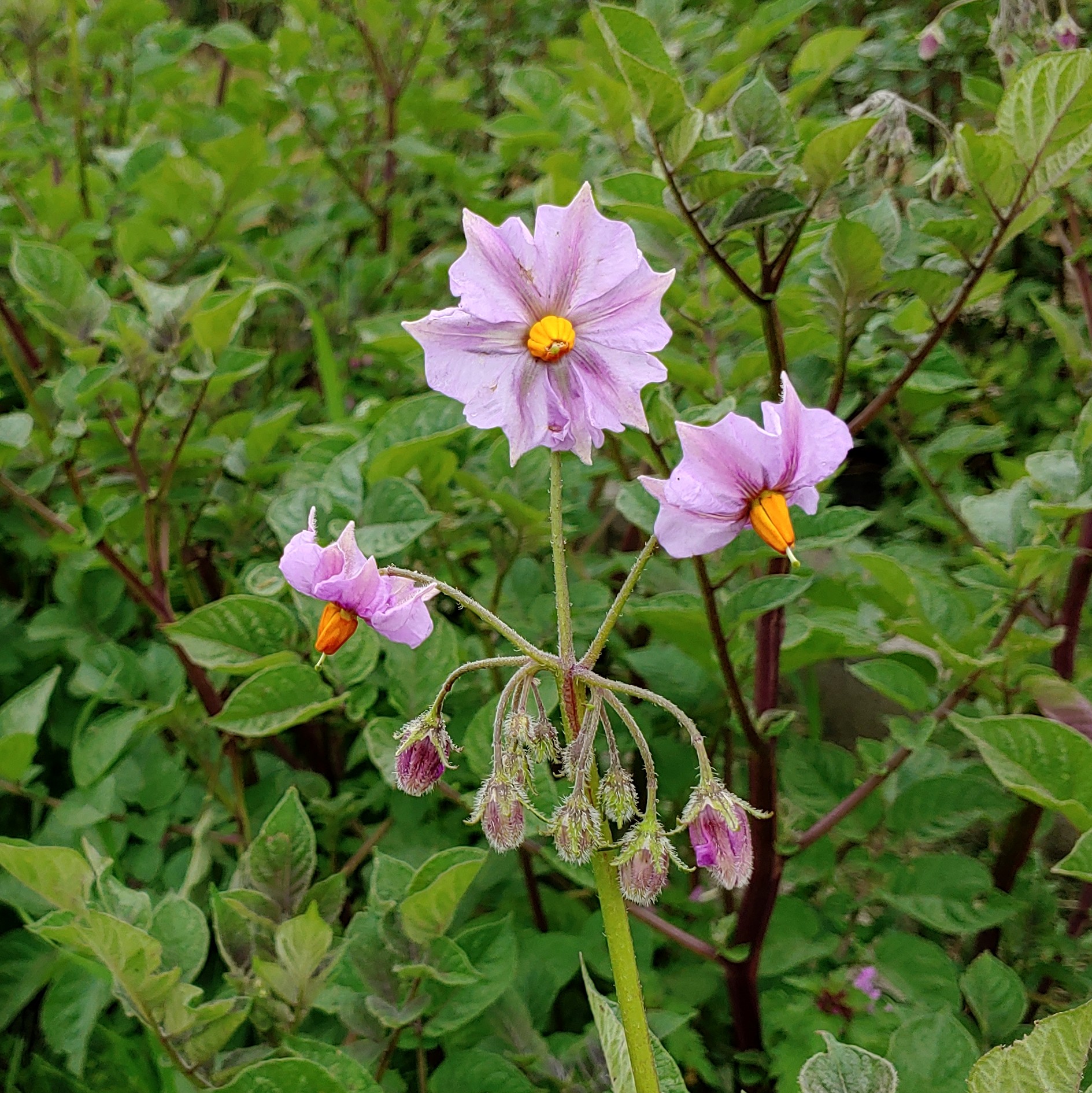
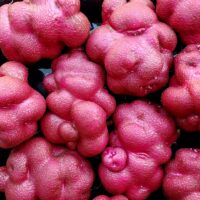
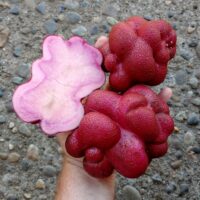
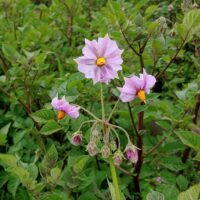
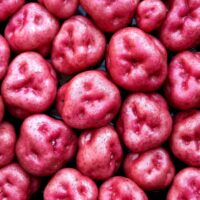
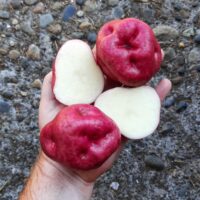
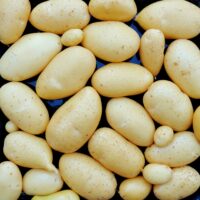
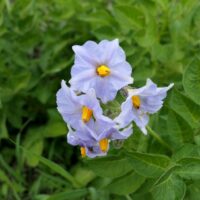
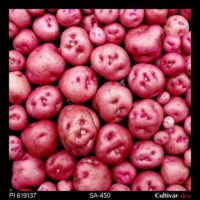
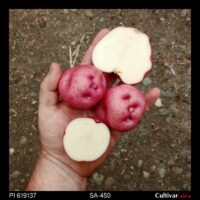

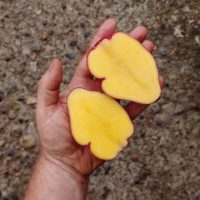
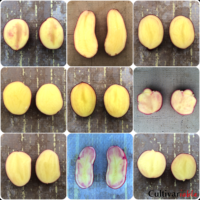
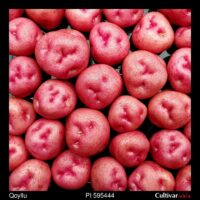
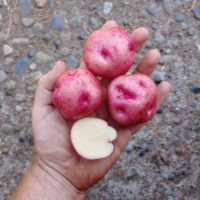
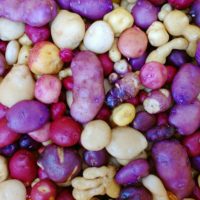
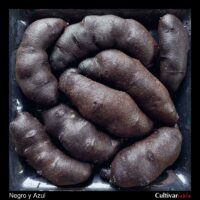
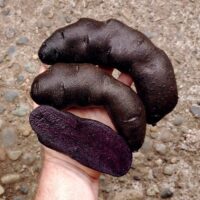
Reviews
There are no reviews yet.